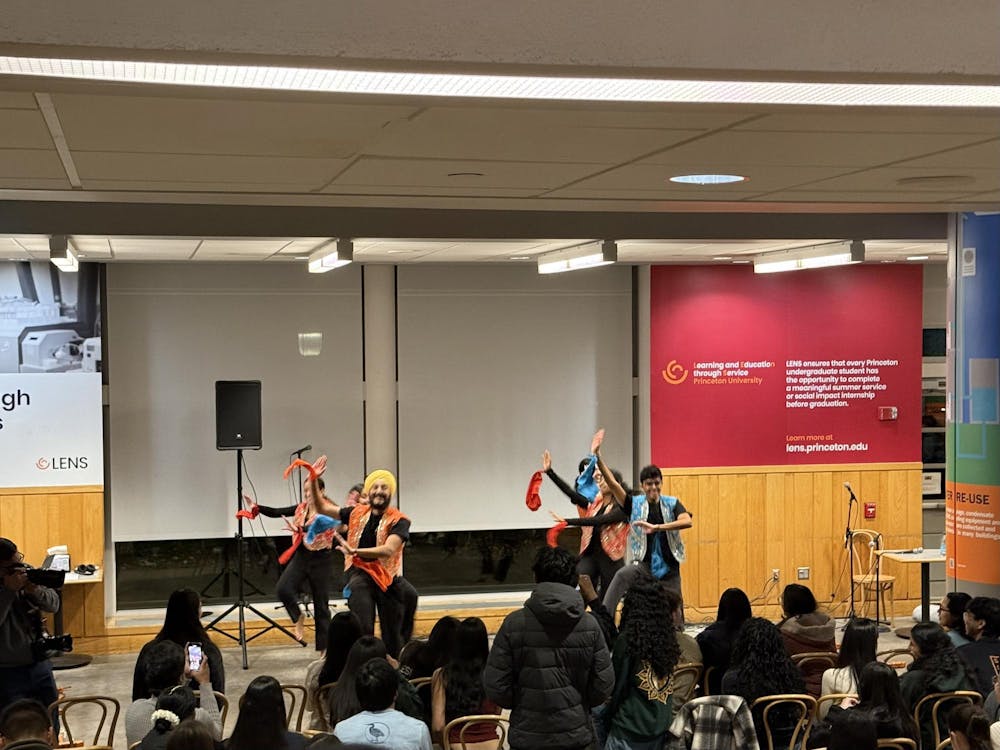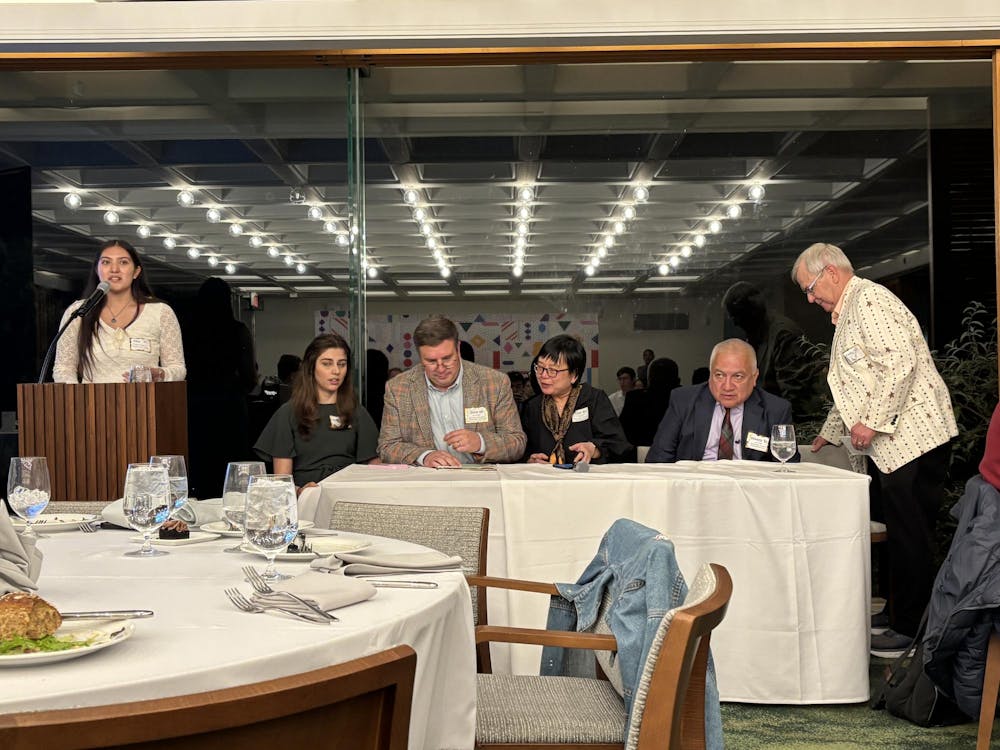The Princeton University Mentoring Program, a program aimed at supporting ethnic minorities, is in the process of transitioning from three branches of mentorship programs to one inclusive program for students who identify as students of color.
PUMP was originally split into the Latinos Unidos for Networking and Advising, the Black Student Union’s Leadership and Mentoring Program and the Asian American Mentoring Program.
While the mentors and mentees were paired within ethnic groups under the previous construction, director of the Fields Center Tennille Haynessaid that under the new system freshmen can be paired with mentors of a different race if they wish. He explained that part of this change will be executed by including more detail on the mentee application by asking for the exact criteria that freshmen students look for in a mentor. Haynes addedthat mentors can also indicate how they want to be paired with mentees.
Margaret Wang ’14, the student coordinator for all of PUMP, said that PUMP hopes to recruit a diverse group of mentors this semester, which will then attract a diverse group of mentees.
The transition of PUMP will probably continue until the fall, Kevin Lopez ’16, co-coordinator of what was formerly LUNA,said, since the Class of 2018 will provide a new pool of mentees.
Part of the relevance of restructuring PUMP is that it relates to the dialogue about race that has been more present on campus with publications like The Daily Princetonian and Stripe Magazine, Wang said.
“[Haynes] is one of the main people who brought this idea that [this transition] exemplifies this growing dialogue of race and how it’s something that’s actually being talked about on campus.” Wang explained. “Mentorship is a direct way for students to have a person to talk about these issues with as they navigate their campus life.”
Jay Wilson ’17, who was a mentee in LAMP this year, said his involvement in LAMP was fantastic and important in his ability to establish himself in the school.
“I’ve gotten a lot of questions answered that I probably wouldn’t have been comfortable asking otherwise,” Wilson said.
Haynes said this effect on students is one of the reasons that mentorship for students of color is so important.
“There is numerous research that will show that mentorship for students of color helps them succeed,” Haynes said. “As [Princeton] is moving along, [PUMP] needs to change with it. The peer-to-peer mentorship that PUMP can provide for first year students entering college is really important."
Wang said the broadening of PUMP relates to the USG initiative of a campus-wide mentorship program, though she said PUMP would not conflict with a University-wide mentorship program. USG president Shawon Jackson ’15 said he thought the restructuring of PUMP would be a nice change to the centralization of underrepresented students in one program, noting that the USG hopes to pilot its new membership program for the Class of 2018.

The idea to transition PUMP was brought up last year, not long after Haynes was brought in as the director of the Fields Center. Wang explained that she saw a demand for a mentoring program for students of color that included more than just three racial groups.
“For example, during the activities fair, where we were advertising about PUMP for new mentors, students of other ethnicities were interested in it,” Wang said.
Wang said Haynes introduced the idea of an overarching PUMP to Wang and the other PUMP coordinator last year, and Lopez said that he, Haynes, Wang and the other coordinators of LAMP, LUNA and AAMP began debating how to go about the transition at the beginning of 2014.
One of the issues discussed was how to define a “student of color,” Wang explained.
“A lot of us don’t feel comfortable [defining a student of color] because it’s different for everybody, even if they don’t physically look like a student of color,” Wang said. “So we decided to make [the program centered toward] any student who identifies as a student of color.”
Wang said that the decision to adopt an overarching PUMP was overwhelmingly unanimous. Lopez, however, said that though everyone ultimately came to the same conclusion, not all of the coordinators agreed when the idea was first introduced.
“One of the biggest obstacles was, ‘Wouldn’t we be losing the principal idea of what PUMP is, to be divided by race?’ ” Lopez said. “But ultimately we started to realize that maybe it’s best to become PUMP as a whole and make it more accessible.”
Haynes said PUMP does not aim to be a campus-wide program.
“Our priority is to serve students of color and other underrepresented students. We do want to keep that, but we do also want to respect the multiple identities that students of color or other underrepresented students have,” Haynes said.







